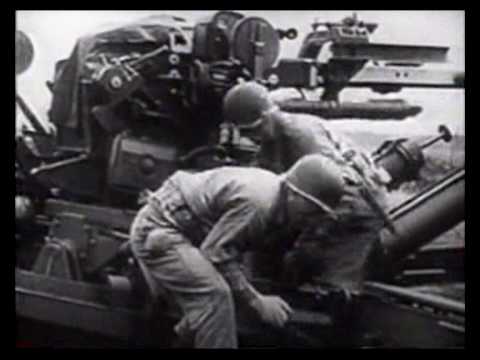The Fieseler Fi 103, better known as V-1 (German: Vergeltungswaffe 1) was an early cruise missile used during World War Two. The V-1 was developed at Peenemünde by the German Luftwaffe during the Second World War. Between June 1944 and 29 March 1945, it was fired at population centers such as London and Antwerp. V-1s were launched from “ski” launch sites along the French (Pas-de-Calais) and Dutch coasts until the sites were overrun by Allied forces. The underground V-1 storage depots at Saint-Leu-d’Esserent, Nucourt and Rilly-la-Montagne, as well as the launch sites, were bombed during Operation Crossbow.
The earliest experimental versions of the V-1 were air-launched. Most operational V-1s were launched from static sites on land, but from July 1944 to January 1945 the Luftwaffe launched approximately 1,176 from modified Heinkel He 111 H-22s flying with the Luftwaffe’s 3rd Bomber Wing or Kampfgeschwader 3 (the so-named “Blitz Wing”) flying over the North Sea. Research after the war estimated a 40% failure rate of air-launched V-1s, and the He-111s used in this role were extremely vulnerable to night fighter attack, as the launch lit up the area around the aircraft for several seconds.
Late in the war several air-launched piloted V-1s, known as Reichenbergs, were built, but never used in combat. There were plans, not carried into practice, to use the Arado Ar 234 jet bomber to launch V-1s either by towing them aloft or by launching them from a “piggy back” position atop the aircraft.
Almost 30,000 V-1s were made. Approximately 10,000 were fired at England; 2,419 reached London, killing about 6,184 people and injuring 17,981. The greatest density of hits were received by Croydon, on the SE fringe of London.
Antwerp (Belgium) was hit by 2,448 V-1s from October 1944 to March 1945.

